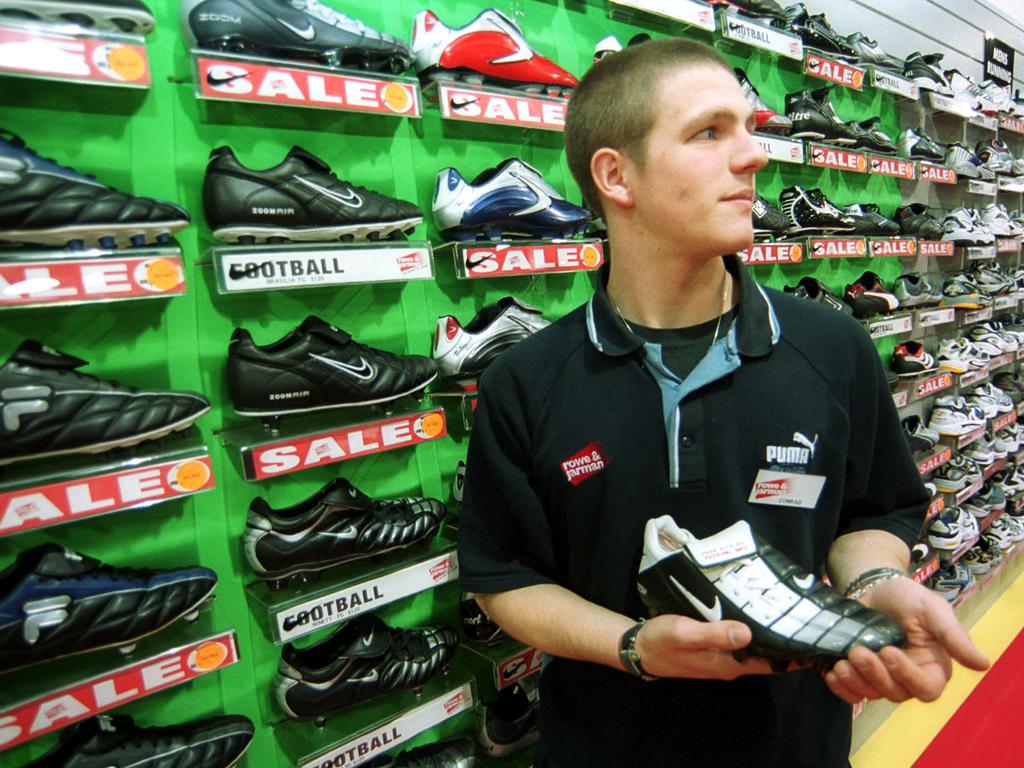
The most worrying prospect is a continued rise in unemployment, with some workers who have lost their jobs — or are set to lose their jobs — as a result of the ongoing pandemic unable to regain a foothold on the economy ladder.
Until two weeks ago, Australia was patting itself on the back for having got through the pandemic better than many other countries, including the US under the increasingly erratic leadership of Donald Trump. But it now appears Australia will not be spared a deadly second wave and the uncertainty of not knowing if things will get a lot worse before they get better.
Thursday is expected to see another rise in the official unemployment rate in Australia, which is tipped to come in at around 7.6 per cent for June, compared with 7.1 per cent for May.
The May figure was already the highest unemployment rate since 2001, with 835,000 jobs lost over April and May.
Softening us up
Josh Frydenberg has already been softening up the public for a continued deterioration of the situation, saying this week that the effective unemployment rate (those who are officially unemployed, those who have left the labour force altogether and those officially “working” but on zero hours) was already up to 13.3 per cent.
In the annual investor update for fund manager Magellan on Monday night, founder Hamish Douglass pointed out that global unemployment levels, including 20 million jobless Americans, were being artificially held down by various payroll protection programs around the world, such as JobKeeper in Australia.
“There’s a lot of medium-sized and small businesses that are being paid by government to keep their employees on the payroll at the moment,” Douglass said.
“There’s a cliff at the end of that program.
“The unemployment statistics don’t tell you the real level of unemployed. A lot of these companies don’t have any intention of keeping some of these people on the payrolls once government support disappears.”
In discussion with Douglass, former Federal Reserve board chair Janet Yellen made it clear she was also worried about the long-term impact of the pandemic on jobs in the US.
“I worry about the permanent job losses and how those people are going to get re-employed,” Yellen said. “It’s going to be a long, drawn-out process.
“I find it hard to imagine that hospitality, travel, tourism, consumer-facing sectors will come back to anything close to where they were for a very long time. There’s going to be a lot of permanent lay-offs in these areas.
“There will be people who don’t come back (to the workforce) and are permanently sidelined.”
As Yellen observed, the pandemic has escalated structural shifts and changes that were already occurring, including the move to online shopping.
And as the Treasurer also observed this week, rising unemployment during the pandemic has been accompanied by a big reduction in hours worked in the months since the outbreak of the COVID-19 pandemic.
The International Labour Organisation, Frydenberg said, had reported a 14 per cent reduction in hours worked — the equivalent of losing about 400 million full-time jobs — around the world.
Yellen also gave a gloomy picture of the economic outlook in the US, predicting that the country would see “high levels of bankruptcies and defaults”.
In Australia, NAB’s business confidence figures on Tuesday showed that there had been an upturn in business confidence before the latest COVID-19 outbreak in Victoria, with the index up from minus 20.3 points in May to 1.5 points in June.
But that is looking in the rear-view mirror.
Back to the 1930s?
In the short term, much will hinge on the content of the Treasurer’s statement on July 23.
The government has already moved forward with a $4bn one-off stimulus payment this week of $750 a head, for five million Australians on social security and income support payments.
The July 23 statement is expected to include some continued but more modest version of the JobKeeper program, targeted — as Frydenberg says — to “those most in need”.
Just how it defines this remains to be seen, with almost everyone who has lost their job as a result of the pandemic no doubt considering themselves as “most in need”.
For those workers unlucky enough to not be considered needy enough to remain on JobKeeper, they may be set to fall off a financial cliff at the end of September.
But there is only so much the federal government can do in terms of fiscal stimulus.
As Frydenberg said this week, the federal government has already announced some $260bn worth of economic support, or 13.3 per cent of GDP, to cushion the impact of the pandemic.
Once business has digested the impact of the July statement, there will be a clearer picture of the long-term unemployment problem.
At the same time, national confidence is on a knife edge with the prospect of the Victorian outbreak spreading to other states.
The initial shock of the pandemic has worn off, but in its place is a more chilling view of a future that could see a 1930s-style depression, with a generation of lost workers — young and old — who are unemployed or perpetually underemployed.
Short-term fiscal stimulus has been the name of the game so far, but developing the policies to head off long-term structural unemployment and underemployment in a persistent COVID-19-gripped world should be a major focus of policy planning in the months leading up to the October budget.
Multi-billion-dollar sugar stimulus hits will have to give way to more long-term structural solutions.







With business confidence to take another blow as the COVID-19 pandemic re-emerges in Victoria and now NSW, it appears that the Australian economy is set for some long-term scars.